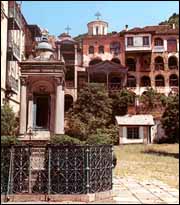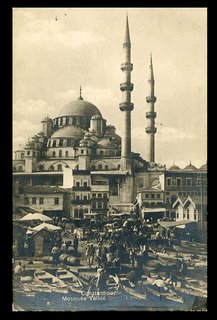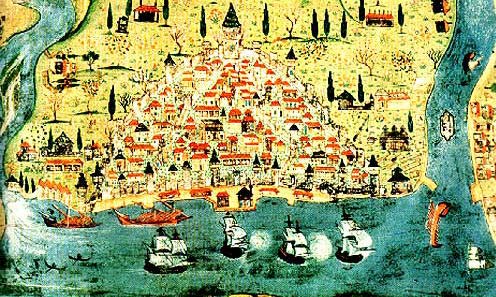Baloz became popular during the times of the Ottoman Sultan Abdulaziz (1830-1876) who visited Western Europe in 1867, being the first Ottoman sultan to do so, and he was made a "Knight of the Garter" by Queen Victoria. Austrian Emperor Franz Joseph (appointment annulled 1915) and the Russian Tzar Alexander II also received the same title in 1867.
Further Source: Perhaps the most important late eighteenth-century technical manual was Gennaro Magri's Trattato teorico-prattico di ballo, published in Naples in 1779. By the end of the eighteenth century, the differentiation between theatrical and social dance was nearly complete; professional dancers were performing increasingly complex steps while social dancers were concentrating on the growing genre of group dances.


















